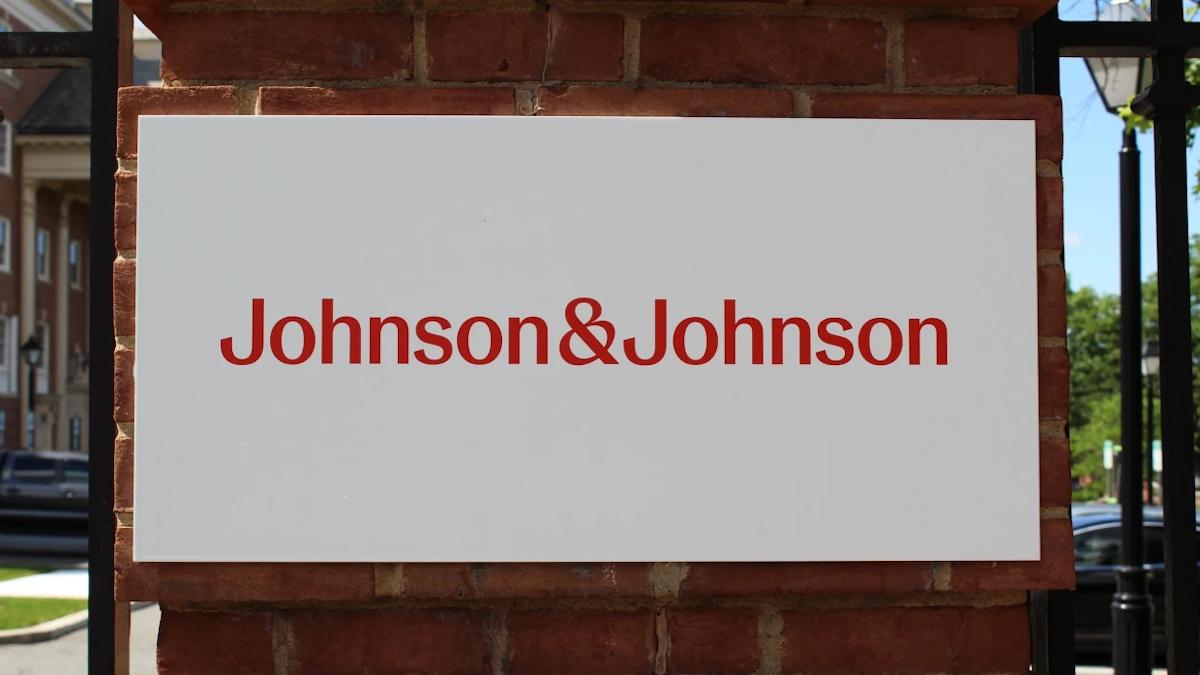Health Technology Assessment: how do we define best practices internationally?

Rebecca Aris interviews Alicia Granados
Genzyme
Alicia Granados shares her wealth of experience in the area of Health Technology Assessment (HTA) in this interview with pharmaphorum.
The growing importance of Health Technology Assessments (HTAs) in reimbursement decision-making cannot be ignored. Alicia Granados has over 25 years of experience in HTA, strategy development, assessment methods, practices and implementation. She shares here with pharmaphorum what changes she’s noted over the course of her career, the biggest challenges in this space and the role she sees for patients in this area.
Interview summary
RA: Alicia, thank you for agreeing to participate in an interview. You are the Senior Director of Global Evidence Definition / Health Technology Assessment (HTA) at Genzyme, how did you come to be in this role?
AG: My experience in the field started back in 1986 in relation to my clinical and research background as respiratory specialist at a teaching hospital in Catalonia and as advisor to the Catalan Department of Health (Government of Catalonia) in HTA and management. Later, in 1991, I was responsible for the creation and direction of Catalan Agency for HTA and Research (CAHTAR), directly reporting the Catalan Government. I was founding member of INAHTA, the first international HTA network and General Director and CEO of CAHTAR until December 1999.
Six years ago, I joined a big pharma company to contribute to develop HTA strategies and in 2010, Genzyme approached me to explore the value I could offer to both research and development process and market access. So in 2011, I joined Genzyme for this endeavour.
 ,
"A diversity of HTA processes are spreading all over the world at national, regional and local levels..."
 ,
RA: What changes have you noted in the HTA landscape over the past 25 years?
AG: The early history of HTA, beginning around 1975, reveals a period of mainly synthesizing and assessing the quality of available evidence, principally dealing with efficacy and cost-effectiveness of healthcare interventions. HTA reports were distributed in a format helpful to health policy-makers, especially those involving national governments.
The period, beginning in the late 1990’s, was devoted to more effective HTA dissemination and implementation in order to influence administrators and clinicians in their daily decision making.
We are currently in an era of consolidating international HTA networks, collaborations HTA–HTA, HTA–Industry. It is a growing consensus that innovations which cannot demonstrate superior added value compared with existing alternatives, are facing increasing difficulties in entering and / or being maintained in the healthcare market.
A diversity of HTA processes are spreading all over the world at national, regional and local levels, including Hospital HTA. The consistency in evidentiary requirements from this diverse spectrum of HTAs in countries and regions, needs to be harmonized to give much clearer messages to Industry development
RA: What are the current biggest challenges in HTA strategy development?
AG: HTA deals with both science and policy. Challenges relate to both of these components of HTA.
Scientific knowledge evolution is taking us to understand health and diseases in a different way. It is becoming possible to offer treatment to small populations suffering from rare diseases and tailoring medical treatment and delivery of healthcare to the individual characteristics of each patient — including their genetic, molecular, imaging and other personal determinants. We are shifting from the concept of one-size-fits-all to targeted stratified medicines.
 ,
"Patient participation in the HTA process can provide unique perspectives and real-life experiences..."
 ,
On the other hand, healthcare policy is facing a global unprecedented adverse financial climate in which arbitrary disinvestment is an observable trend.
So, the biggest challenge for HTA, in my opinion, are both, definition and international agreement of what the best HTA practices are to assess such innovations addressed to small populations. It should also be acknowledged that the traditional measures of benefit in economic studies do not incorporate all elements of social value. The need to balance equity with an efficient use of resources should be recognized.
Take into account special study designs and refined statistical approaches and interpretation that may be used to maximize efficiency and reduce uncertainty / variability / reliability in trials with small populations. Also maximizing all the information produced in the drug development programme and including it as source of evidence for HTA would be important – including Pharmacokinetics / Pharmacodynamics (PK/PD). Pre-clinical PD may be helpful to establish dosing, especially in conditions where very few patients are available.
All stakeholders (HTA Agencies, regulators, product developers, clinicians and patients) need to find new ways of cooperating to create a coordinated, transparent approach to the evaluation of therapies for small populations. This should include guidance on appropriate trial designs, outcomes and analyses. The scarcity of patients in small population diseases poses ethical dilemmas that should be assessed in a systematic way using moral enquiry.
RA: What do you think the role of the patient should be in HTA decision making?
AG: Patient participation in the HTA process can provide unique perspectives and real-life experiences. This can inform the translation of evidence on efficacy into effectiveness and provide crucial insights into living with the disease, in addition to unmet needs.
Patients can add value at every stage of the HTA process from scoping through to dissemination, and even in the drug development process.
There needs to be robust elicitation of patients’ perspectives using systematic, well-documented methods with critical review of results, stating limitations and generalisability. One approach to this is qualitative research.
 ,
"Patients can add value at every stage of the HTA process..."
 ,
RA: What challenges are associated with HTA for speciality and high priced drugs?
AG: Overall, total healthcare expenditures are likely to rise as patients live longer and expensive advanced health technologies continue to be developed. But with the new era of health networks and stratified medicine (SM), there are supporting claims that healthcare expenditures will decrease. SM generally promises to lead to both higher quality of treatment for individual patients and lower costs in healthcare, since patients will be offered only such therapies that are more effective for them and treatments that will not be safe or effective will be avoided and in some cases omitted.
However, as medical revolutions require many years to achieve their full promise, in the near future, the growing number of health technologies that will be introduced into healthcare systems will raise costs. This is unless HTAs help decision makers with rational disinvestment of obsolete technologies.
HTA will need to be more inclusive in a way to foster dialogue and cooperation across the healthcare industry. Involving the government, Industry, providers, payers and academia could offer considerable value, by identifying flexible and efficient reimbursement methods of these innovations. Coverage with Evidence Development (CED) may be considered in order to generate further, more robust evidence of safety and net health relative bene?t.
RA: What do you think HTA will look like in ten years time?
We can expect that healthcare systems will evaluate new viable business models in a way that it will increase the utilization of value-based payment models and risk-sharing, public private agreements.
 ,
"...total healthcare expenditures are likely to rise as patients live longer and expensive advanced health technologies continue to be developed..."
 ,
It will also be important to distinguish and agree between "got to have” vs. “nice to know” evidence. This implies the consistency of evidentiary requirements from both regulators-HTAs, HTAs-HTAs and the full understanding that CED is context dependent and not always the most appropriate methodology to capture societal values in relation to innovations for small populations’ treatments
Given the growing relevance and impact of HTA in decision making all over the world, the best HTA practices have to be defined and accredited. Maybe it is time in the evolution of HTA, for agencies, groups and organizations to also be periodically scrutinized to ensure good practices and quality performances. HTA was developed to enable the best healthcare decisions to provide the best possible healthcare to citizen’s medical needs. HTA best practices can play a significant role to drive the evolution of healthcare systems in the right direction (both in public and private organizations).
RA: Thank you for your time.
About the interviewee:
Dr Alicia Granados has served as Senior Director of Global Evidence Definition / Health Technology Assessment (HTA), Global Medical Affairs at Genzyme, a Sanofi Company, since January 2011.
She is a certified specialist in respiratory diseases. Who started her career in the medical profession in Hospital of Bellvitge, a teaching hospital in Barcelona (Spain) and later as associate professor of Medicine and Evidence Based Medicine at University of Barcelona. She was the European leader of Ulysses International HTA Master Program until 2007.
Former President of the international Society for Technology Assessment in Health Care (ISTAHC) and Chair of the Committee for the Creation of a New HTA Society : HTAi
How can HTA be more inclusive?












